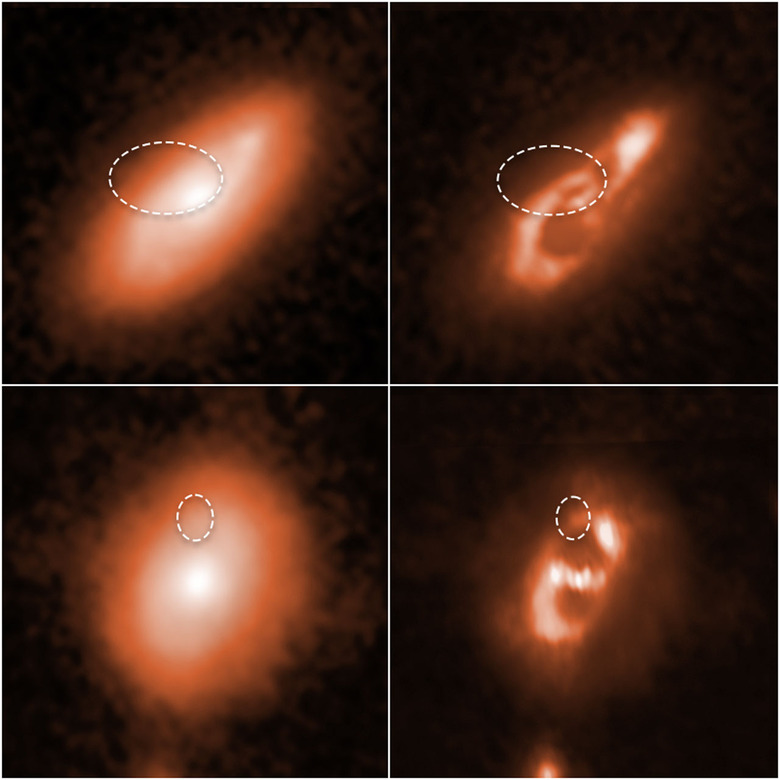Hubble Space Telescope Pinpoints The Locations Of Five Fast Radio Bursts
Astronomers have used the Hubble Space Telescope to trace the locations of five very brief and powerful fast radio bursts (FRBs). FRBs are events that generate as much energy in a thousand of a second as the sun does in an entire year. By their nature, FRBs are transient and disappear faster than the blink of an eye. Because of the speed at which they originate and disappear, scientists have had difficulty determining where they come from.
Knowing where the FRBs originate is the first step to determining what type of object or objects causes them. Typically, astronomers don't know where to look for the source of an FRB. Hubble has completed a survey of eight FRBs to help scientists whittle down the list of possible sources. The first FRB was discovered in archive data recorded by the Parks Radio Observatory on July 24, 2001.
Since that date, 1000 FRBs have been discovered, but scientists have only been able to associate about 15 of that number to specific galaxies. Hubble has conducted observations that provided a high-resolution view of a population of the FRBs and found that five of them are localized near or on a galaxy's spiral arms. Thanks to the resolution offered by Hubble, scientists can probe what's happening right at the FRB position.

Using Hubble, astronomers pinned all of them to specific host galaxies and also defined the kinds of locations they originated from. Hubble observed one FRB location in 2017 and the other seven in 2019 and 2020. Astronomers still don't know what causes FRBs and aim to use context when it's available. The technique works well for identifying the progenitors of other types of transient events, such as supernovae and gamma-ray bursts.
The galaxies Hubble studied were viewed as they existed billions of years ago when the universe was about half of its current age. The images show a diversity of spiral-arm structure from tightly wound to more diffuse, showing how the stars are distributed in the features. NASA has speculated on some possible triggers for FRBs, including the explosive death of massive stars generating gamma-ray bursts and some types of supernovae. Another unlikely source is the merger of neutron stars. Hubble's data is consistent with another theory that FRBs are generated from young magnetar outbursts. A magnetar is a type of neutron star with a powerful magnetic field, and astronomers linked observations of an FRB in the Milky Way to the region where a known magnetar resides.
